High Voltage Indicators & Detectors
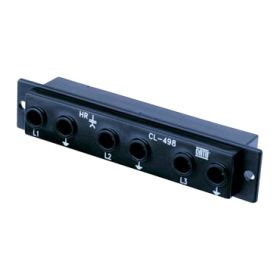
- For use in MV cubicles
- High impedance detecting systems
- Voltage indication via 4mm sockets
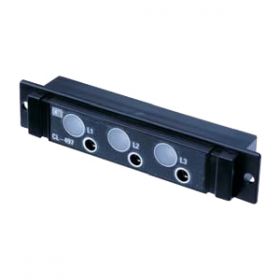
- Detects voltage up to 1000V
- Integrates into MV cubicles
- Bright red LED indicators

- Voltage detection under 1000V
- Integrates into MV cubicles
- IEC 61958 compliance
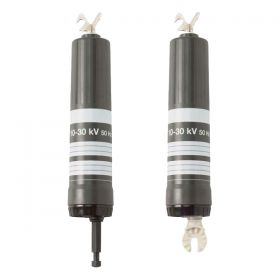
- 3 to 10kV range
- Clips onto insulated poles
- LED and audible indication of voltage presence
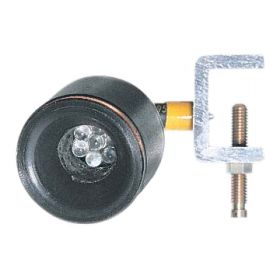
- Connects to busbars to indicate the presence of live voltage
- Shines bright diode lights when voltage is live
- Range from 5 to 75kV AC
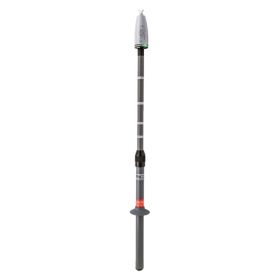
- High environmental resistance
- Powered with a lithium battery
- Easy to use
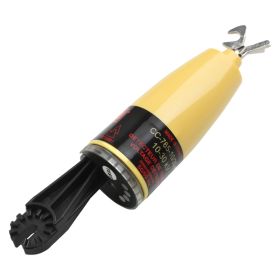
- Detect voltages between 10 kV and 36 kV
- Compliant with I.E.C. standards
- Compact and easy to use
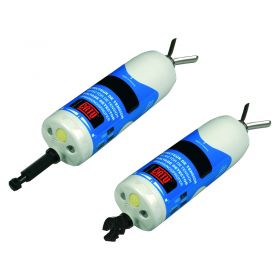
- 11-22kV voltage detection
- Bright red LED indicators
- Clips onto CATU insulated poles
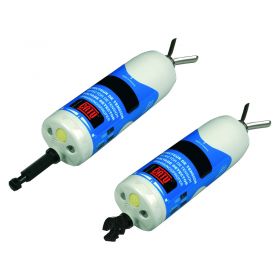
- Compact - clips directly onto insulated poles
- Red LED and audible indicators
- Range of 5.5 to 20kV
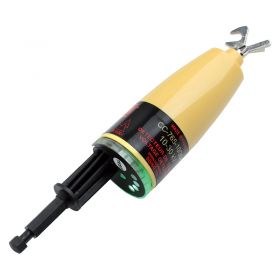
- 10-30kV range
- Clips onto CATU insulated poles
- Highly robust and lightweight
About High Voltage Indicators & Detectors
The best warning for an electrician of a hot power line is a high-voltage indicator. Other devices relying on secondary power sources or subject to protective measures such as fuses can give false positive readings because they are not working as a direct result of the electricity in the lines. A high-voltage indicator is very simple and very effective.
Most high-voltage indicators are simple circuits. They consist of a connector attached to a bus bar in the supply cabinet, and a light-emitting diode inside of a small housing with a window to view the light. The LED may or may not flash, but its illumination lets an electrician know the line is powered and must be shut off before work.
A voltage detector is a device that determines the presence or absence of an electrical charge in an object. It can be a simple, pen-shaped piece of testing hardware that indicates the existence of electricity or an advanced tool that detects precise voltage levels in electrical systems.
A voltage detector measures the flux lines of the electric field formed between the earth's potential and a live component of the system.


